The aircraft for today is the Hawker Siddeley Nimrod which served the United Kingdom as their Maritime Patrol aircraft that was developed in the UK. The aircraft was built after doing massive modifications on the design of de Havilland Comet which was the world’s very first jet airliner. The aircraft was originally designed by the de Havilland’s successor company named Hawker Siddeley and then the later work on its maintenance as well future development was carried out by BAE System and British Aerospace.
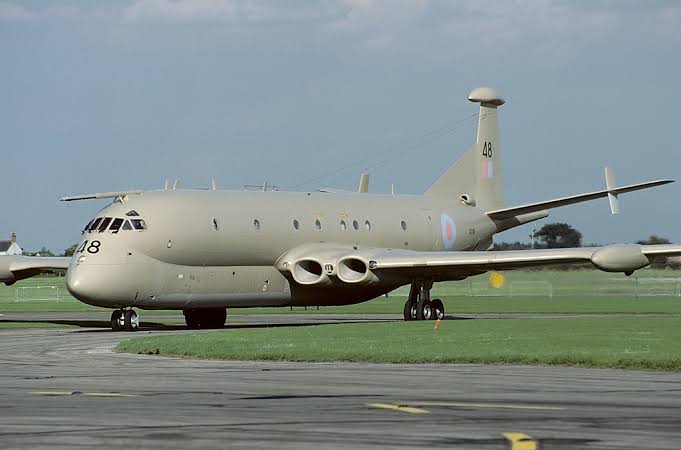
The Hawker Siddeley Nimrod was designed upon a response of Royal Air Force’s need to replace their aging fleet of Avro Shackleton and presented the aircraft which had a fixed-wing design for use during the following roles.
- Anti-submarine warfare
- Maritime surveillance
- Anti surface war
The aircraft started its service for RAF back in 1970 and continued serving well into the year 2010.
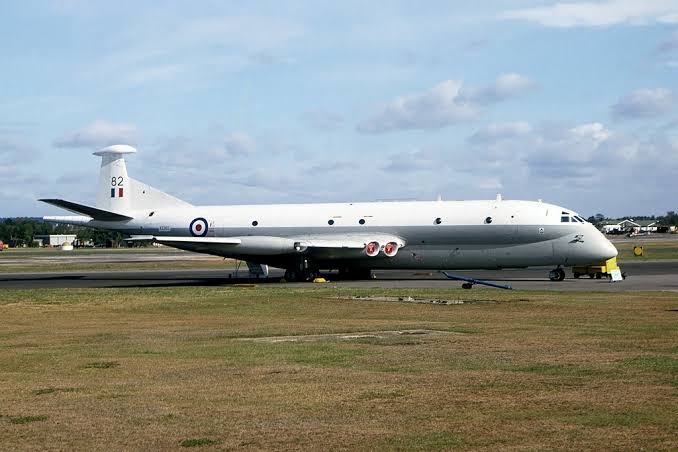
The replacement was also going to be a Nimrod aircraft designated as Nimrod MRA4 but following delays in development and cost of finances led to the abandonment of the project altogether.
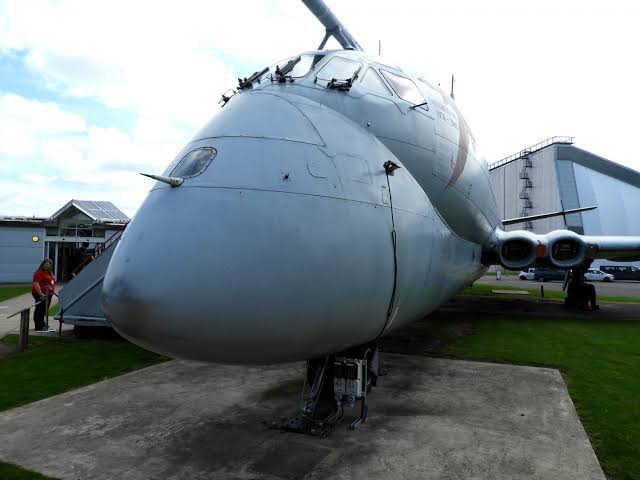
There were 3 Maritime Reconnaissance variants of the Hawker Siddeley Nimrod along with 2 others specially built aircraft; one was designated as Nimrod R1 which serves the role of ELINT (electronic intelligence gathering) aircraft and the Nimrod AEW3 that was an airborne early warning aircraft.
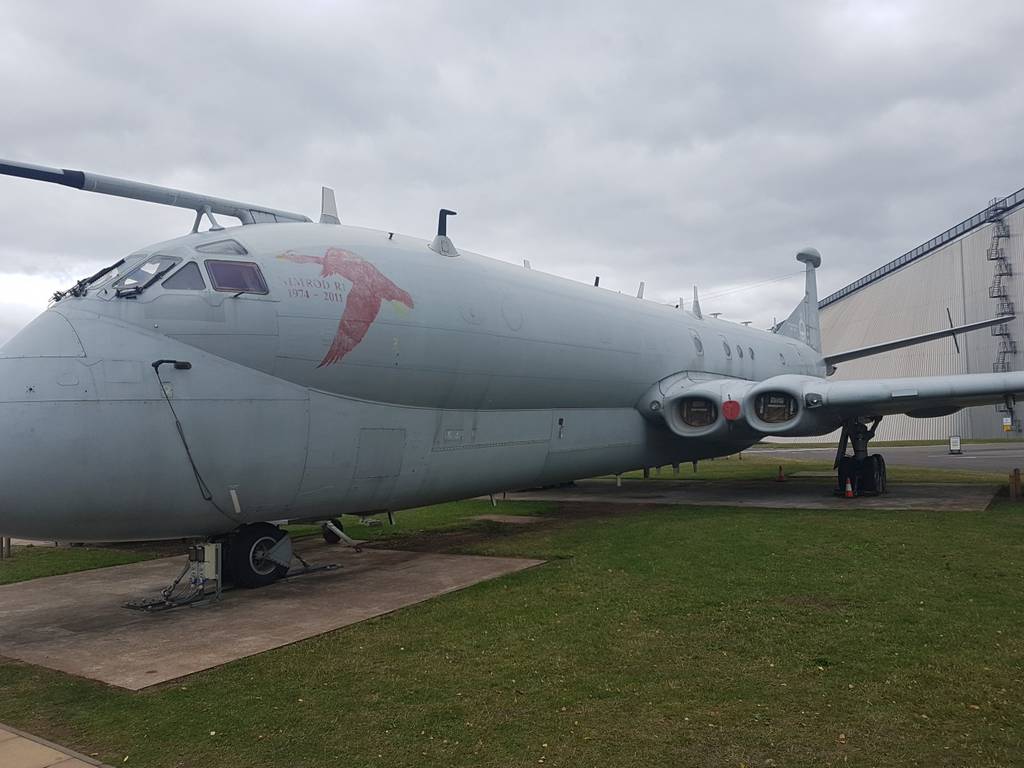
After the project for the development of MRA4 was shelved, the RAF went ahead with the Boeing E-3 Sentry.
Need for Hawker Siddeley Nimrod:-

The Hawker Siddeley Nimrod was developed in need of the RAF’s replacement of their aging fleet of maritime patrol aircraft Avro Shackleton. The Hawker Siddeley Nimrod was tasked with primary roles doing maritime patrol along the coastal waters as well as reconnaissance duties. Both these roles proved valuable for the UK in the post World War II era as the seas were filled with Soviet fleets which mainly included their large number of submarines. This was the reason that the Hawker Siddeley Nimrod was developed for not only maritime patrolling duties but also as an ASW (Anti Submarine Warfare) platform.
Design Based on Comet 4:-

The specifications for the new Hawker Siddeley Nimrod were released back on 4th June 1964 and for the airframe design of the Nimrod, the Comet 4 aircraft was selected. Modifications were done in the design of Comet 4’s airframe to create the Hawker Siddeley Nimrod. The first prototype of Hawker Siddeley Nimrod recorded its maiden flight back on 23rd May 1967 and then two more prototypes were created for the later testing phases. The other competing aircraft to have their airframe undergo modifications for Hawker Siddeley Nimrod were the Vickers VC10, Lockheed P-3 Orion and French Breguet Atlantique. After following it’s testing and evaluation phases, the aircraft was entered for introduction back in 1969 and then went on to serve RAF for several decades.
The difference from Comet 4:-
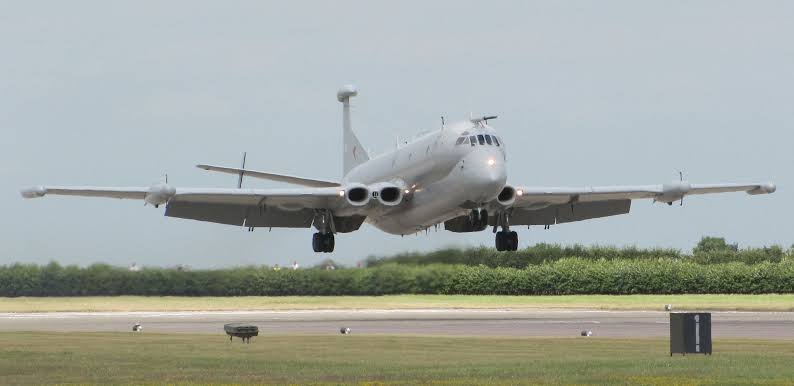
The main difference in the design of Hawker Siddeley Nimrod from the Comet 4 was equipping the new aircraft with Rolls Royce turbofan engines. The nose assembly was redesigned to house inside a radar system as well as placing an internal bay for having ordnance. The tail section of the Hawker Siddeley Nimrod carried in it the EW (Electronic Warfare) system along with boom hosing the MAD (Magnetic Anomaly Detector) system for locating the naval threats.
The aircraft was designed to be operated by nearly 13 crew members along with having space to hold inside 24 personnel.
The total length of the Hawker Siddeley Nimrod was about 126.8 feet with the wingspan being 114.9 feet while the height was 31 feet. The aircraft had an empty weight of 86000 lbs while the Maximum Take-Off Weight (MTOW) was about 192000 lbs.
Powerplant and other specs:-
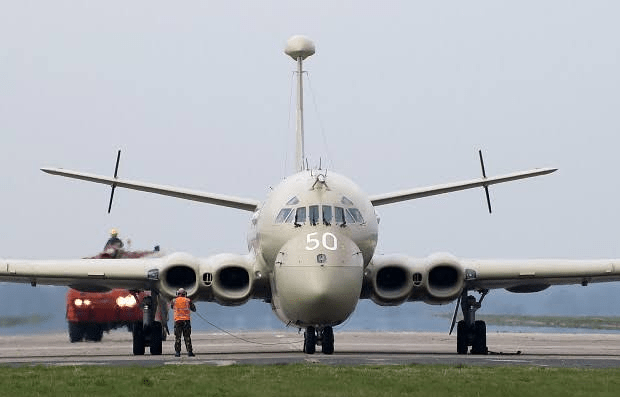
A single Hawker Siddeley Nimrod was powered by 4 of the Rolls Royce BR710 Mk 101 Turbofan engines; each of which created a thrust of 15500 lb/ft. these engines were installed within the mainplanes to provide for good aerodynamic efficiency to reduce the aircraft’s radar cross-section. These engines allowed for the aircraft to have a top speed of about 575 mph while the ferry speed was 490 miles. The maximum recorded range on its one fuel supply was about 5750 miles whereas the operational ceiling was 44000 feet.
Armaments:-
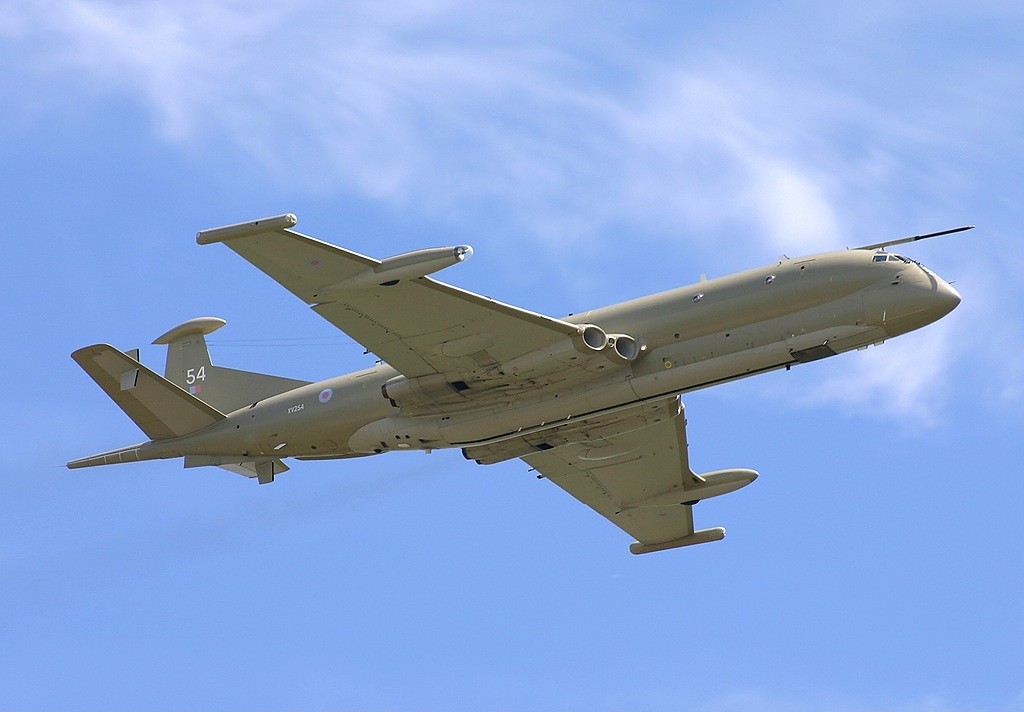
For self-defense purposes, no conventional weapons were fitted on the Hawker Siddeley Nimrod. As for the underwing sections and the internal bombing bay, it had the offensive capability when the aircraft was sued to attack submarines and other enemy shipping vessels.
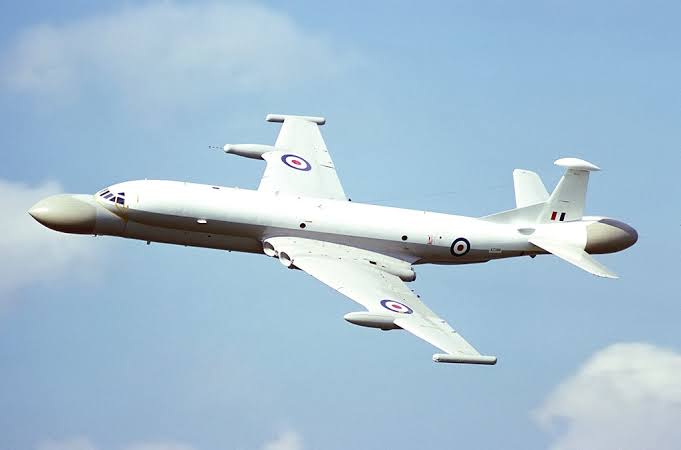
All in all, the aircraft had total ordnance carrying the load capacity of 20000 lbs which could be sued for carrying different munitions for anti-aircraft, anti-submarine, and anti-ship roles. This load-bearing capacity also allowed for aircraft to be equipped with depth charges of nuclear types along with Mk 46 Torpedoes and Naval mines. Lastly, the Hawker Siddeley Nimrod was also equipped to launch down sonobuoys when it was needed for doing acoustic searches for the submarines of the enemy.
Combat service:-
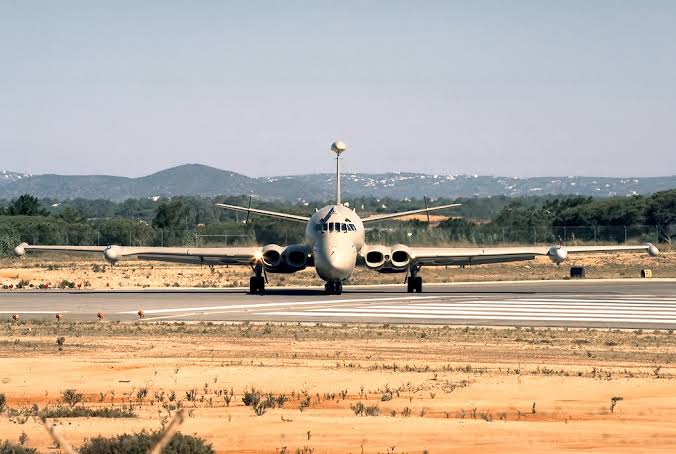
The Hawker Siddeley Nimrod was entered into service of UK back in the early 1970s and the aircraft was used well until 2010 and during these 4 decades, the aircraft saw a direct combat line of service. Some of the conflicts where the Hawker Siddeley Nimrod served are as follows.
- Falklands War in 1982
- The Gulf War in 1991
- Operation Enduring Freedom from the year 2001 to 2014
- Operation Iraqi Freedom from the year 2003 to 2011
Beyond its role as the Electronic Warfare or Anti Submarine warfare aircraft, the Hawker Siddeley Nimrod also served the role of being a SAR (Search & Rescue) aircraft very well throughout its military service.
Retirement:-
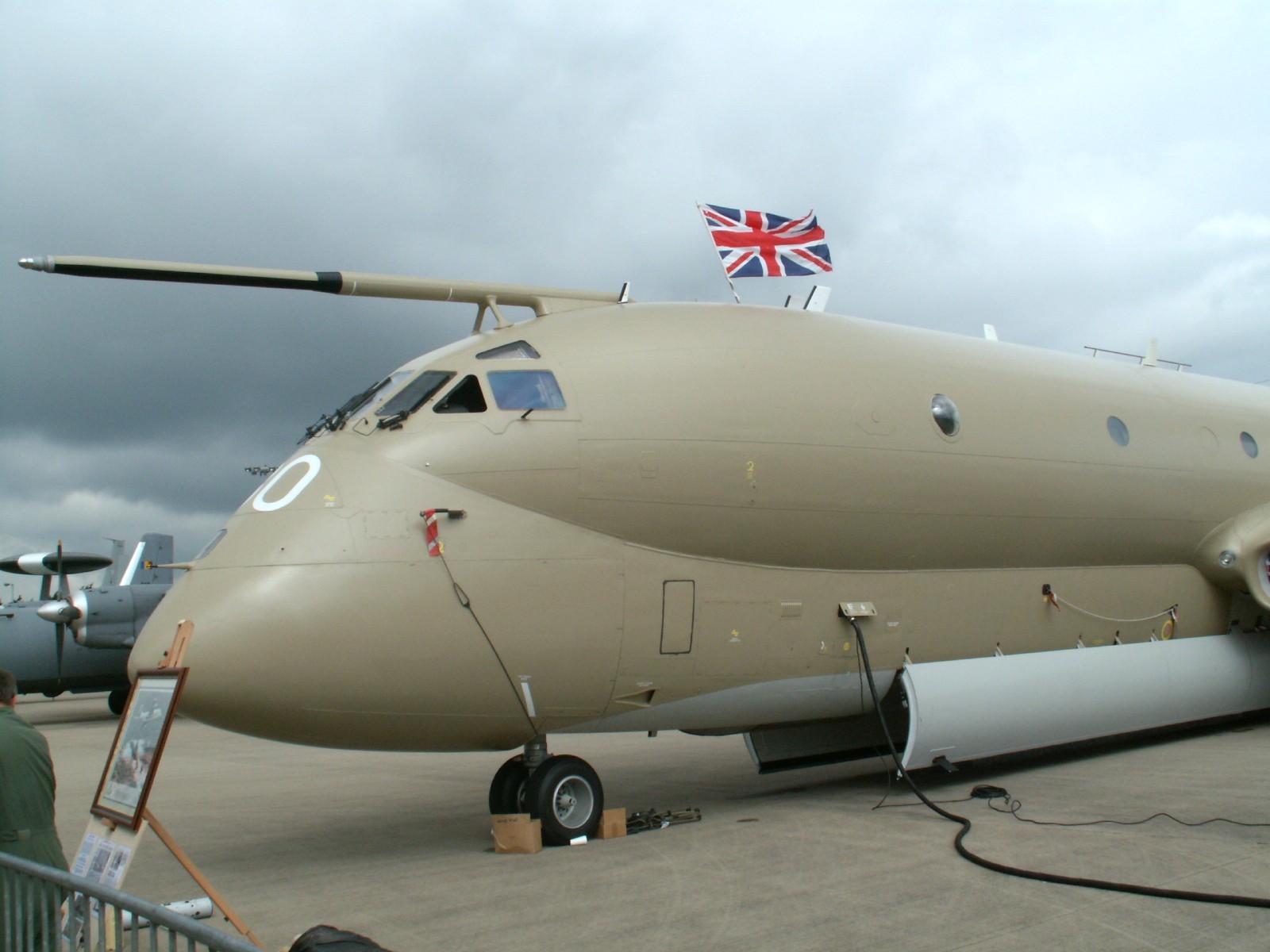
The service of the Hawker Siddeley Nimrod came to an official and formal halt back on 28th June 2011 but at that time Britain did not have any viable maritime patrol platform. It was after a long while that RAF committed with the use of Boeing P-8 Poseidon when it entered the service in July 2016. RAF expects deliveries of the P-8 Poseidon before the end of this decade.
Related Content
Interesting facts about the Junkers Ju 87 StuKa; The German Dive Bomber
Interesting facts about Antonov An-124 Ruslan; The Largest Russian Military Cargo Transport Aircraft

